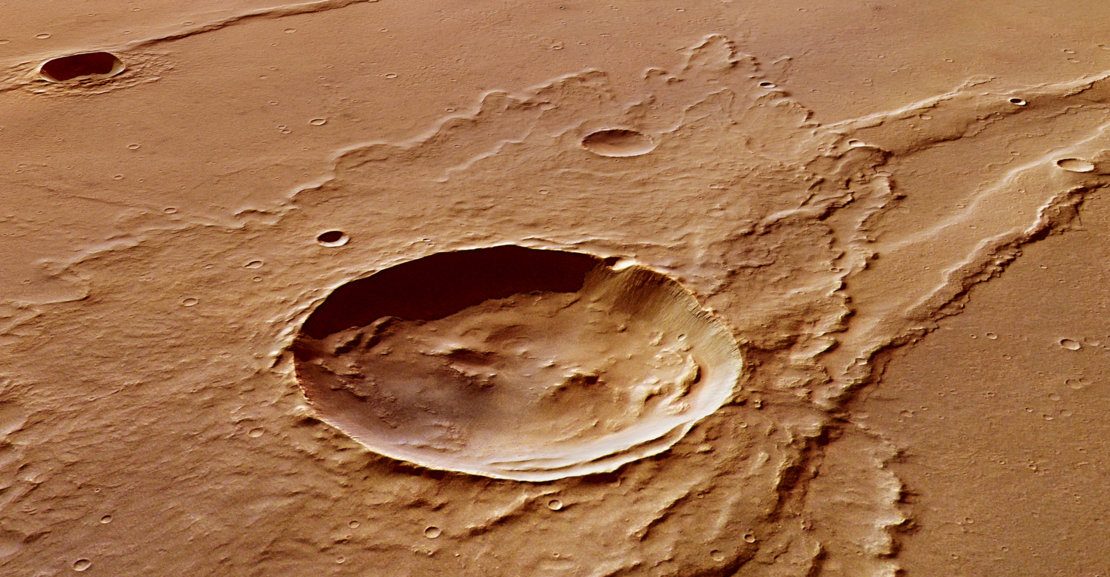
NASA Employee Reveals Dark Secrets Discovered On Mars
What is the doorway to Mars?
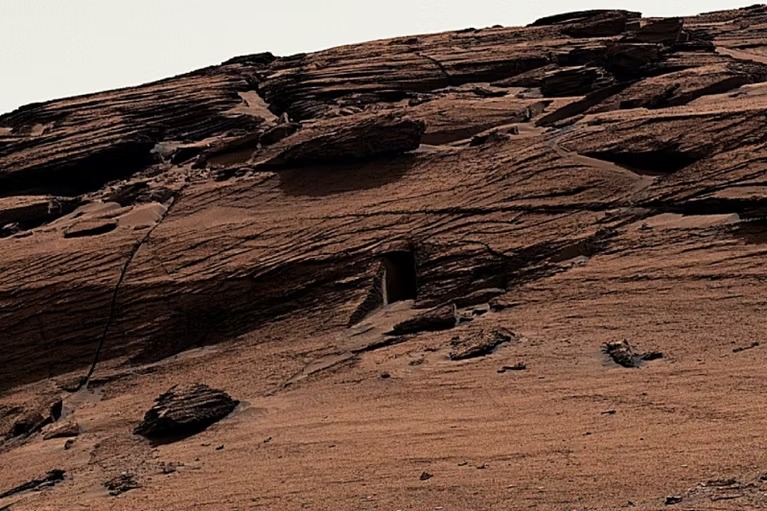 Image Source/ NASA
Image Source/ NASA
When NASA's Mars rover took a picture of this peculiar doorway in May 2022, the media went wild. Many wondered whether this may be yet another sign of life on Mars. However, NASA pointed out that it's just 29 centimeters tall, which is roughly the same as a dog door. Maybe there's small aliens!Advertisement
The presence of the Martian worm
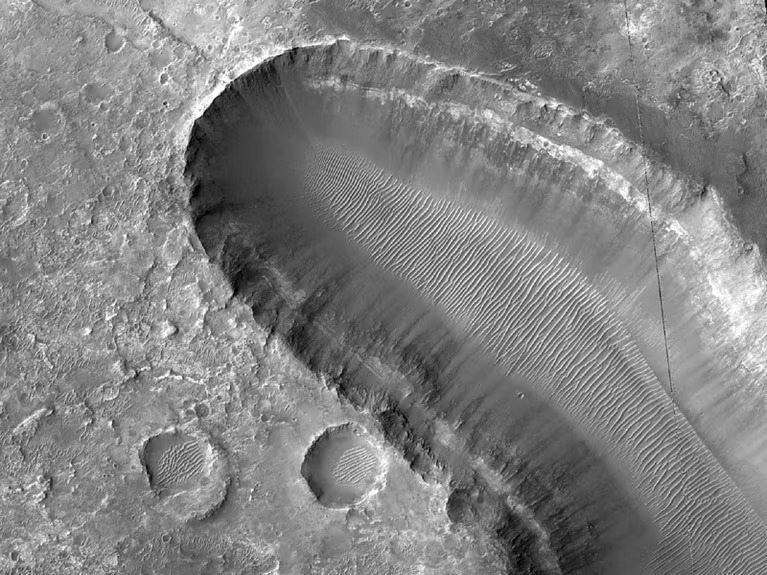 Image Source/ NASA
Image Source/ NASA
This picture, captured in 2018, shows what seems to be a massive crater on the surface of Mars, giving the impression that an enormous extraterrestrial worm might live there. Actually, though, It's a highly cratered area of Mars near the planet's equator. But who knows for sure?Advertisement
A chance of plants on Mars
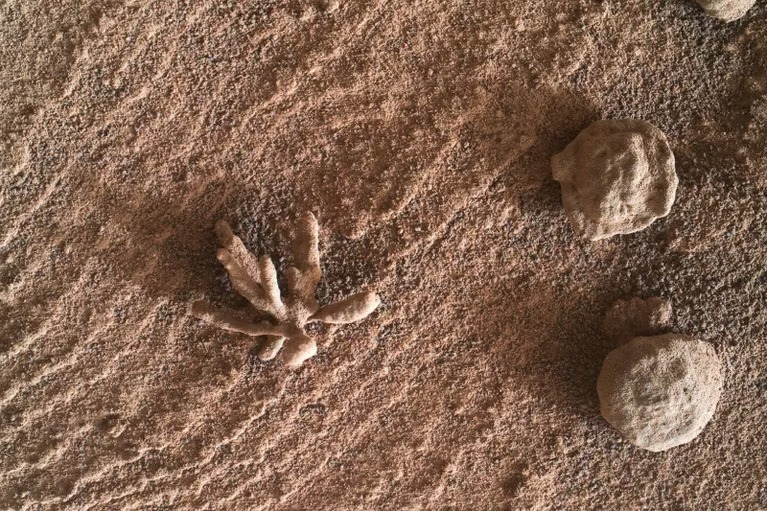 Image Source/ NASA
Image Source/ NASA
This picture, taken by the infamous Mars Curiosity rover, reveals a sandy flower creation on the surface of Mars. Abigail Fraeman, a planetary scientist, claimed that it wasn't quite the biological plant we expected. Apparently, it's created when minerals precipitate out of water.Advertisement
A hole in Mars' surface
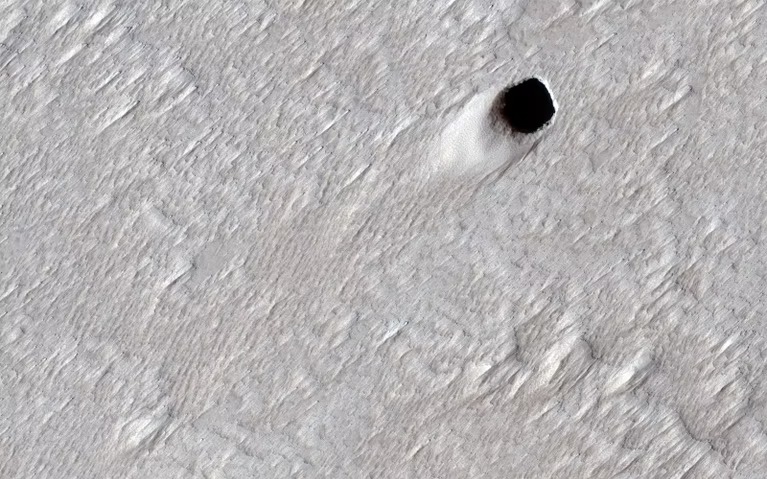 Image Source/ NASA
Image Source/ NASA
How can you truly determine that these images aren't actually evidence of another life form previously living on Mars? NASA employees have deduced that this hole specifically comes from lava bubbling up to the surface of Mars, but not everybody is convinced.Advertisement
String left behind on Mars
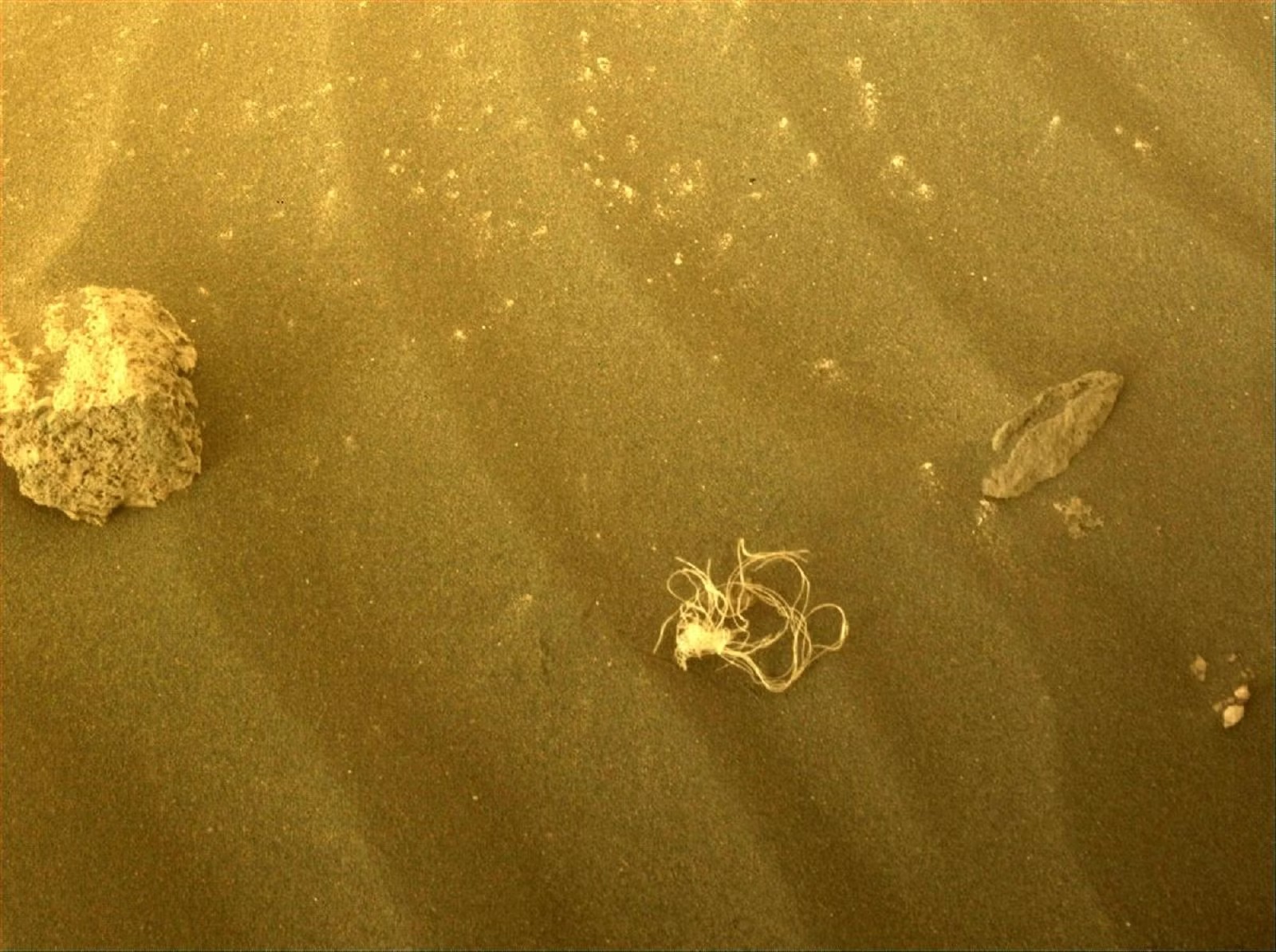 Image Source/ NASA
Image Source/ NASA
The Mars Perseverance rover spotted an anomaly on the red planet. This picture of what seems to be rope on the surface of the planet was taken by the rover camera. Nasa, although, believes it to be debris from the landing and concludes that it was blown there. We're not convinced!Advertisement
Potential tracks in the surface
 Image Source/ NASA
Image Source/ NASA
These tracks look like they could have been left behind by vehicles or worm like creatures. However, dust devils often whip up dirt over the surface of Mars, much as they do on Earth. Long, shadowy streaks can be seen in this picture, marking the paths these whirlwinds took as they shifted the soil.Advertisement
Mars is just one big brain
 Image Source/ NASA
Image Source/ NASA
One of Mars' secrets seems to be this beautifully bizarre scene on the planet's surface, which has been dubbed the brain terrain. Mars is covered in ridges and troughs, creating a strangely textured landscape. It is thought that when water was transforming into a gas and rising to the surface, it created the strange formations.Advertisement
Presence of crater tadpoles
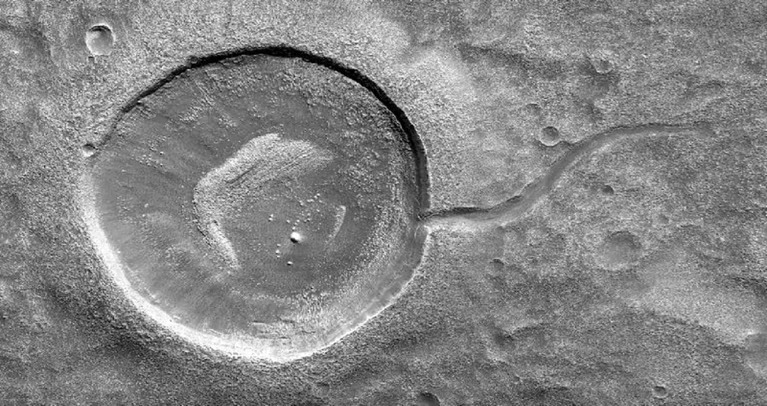 Image Source/ NASA
Image Source/ NASA
This is quite the unusual sight! A crater following an impact has turned into a tadpole looking light. it's thought that the tail of the tadpole was probably water running out of the crater and flowing downhill... although it all sounds a little bit fishy (or froggy) to me.Advertisement
Avalanches like Earth
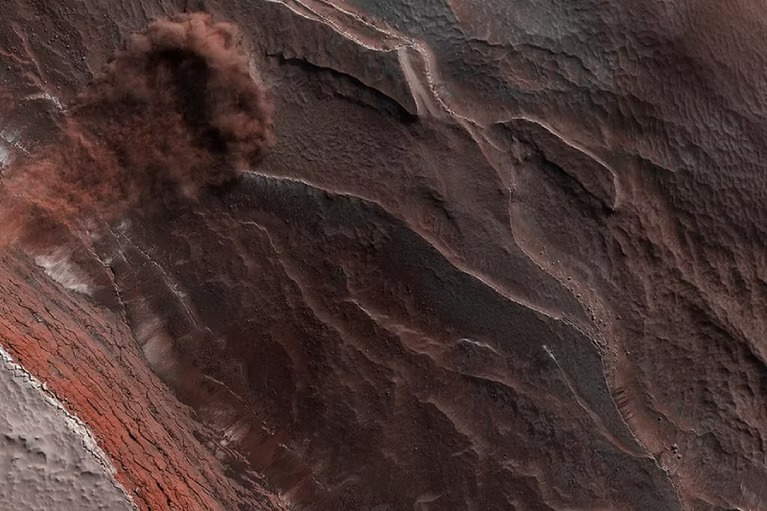 Image Source/ NASA
Image Source/ NASA
This photo was taken by the Mars Reconnaissance Orbiter in May 2019 and it managed to capture a formidable moment when an avalanche managed to engulf part of Mars' surface. Because the temperature increases around May, the ice vaporizes and loosens bedrock.Advertisement
The journey from solid to gas
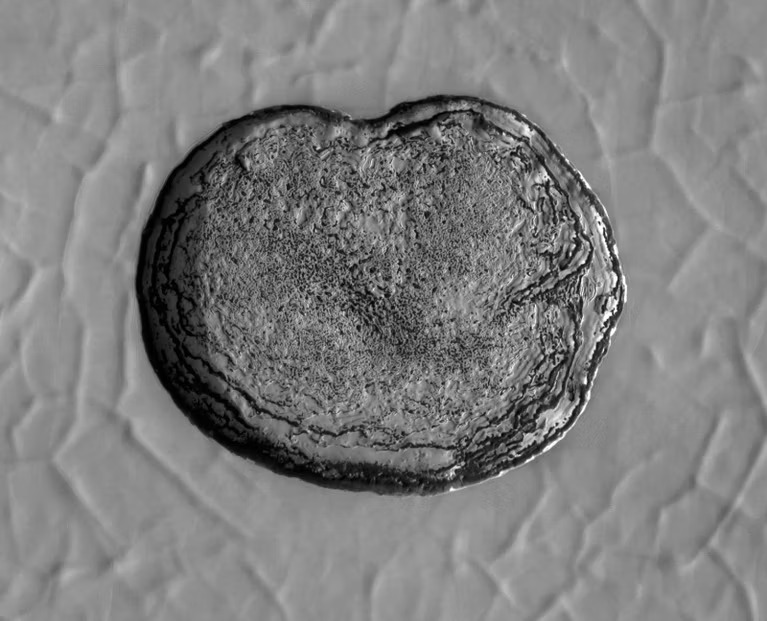 Image Source/ NASA
Image Source/ NASA
This high-res image shows a particular outstanding moment when the carbon dioxide ice on Mars managed to transform from a solid into a gas. The ice would end up being lost from one section and settle on nearby areas. It's amazing what we can see when it's so far away!Advertisement
Ancient presence of water
 Image Source/ Berkley Lab
Image Source/ Berkley Lab
One of the most shocking discoveries made by NASA is evidence of ancient waterways on Mars. The planet's surface shows features that suggest the presence of rivers, lakes, and possibly even an ocean in its distant past. Maybe the planet could support life?Advertisement
The biggest volcano in our solar system
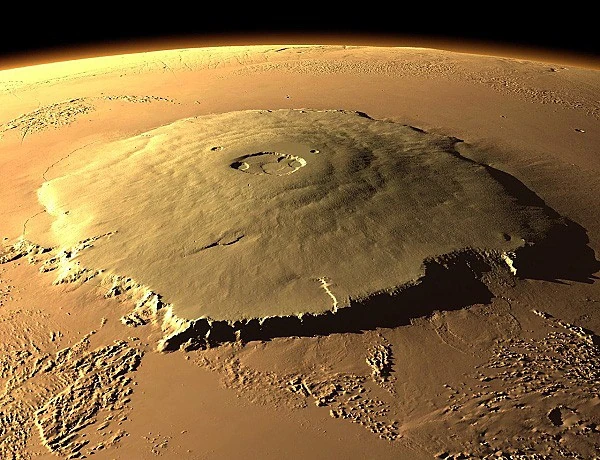 Image Source/ The Martian Wikis
Image Source/ The Martian Wikis
Mars is home to Olympus Mons, the tallest volcano in our solar system. This massive shield volcano stands at a towering height, which is nearly three times the height of Mount Everest. It gives hope to the compatibility of the plant to host human life.Advertisement
Canyons bigger than the Grand Canyon
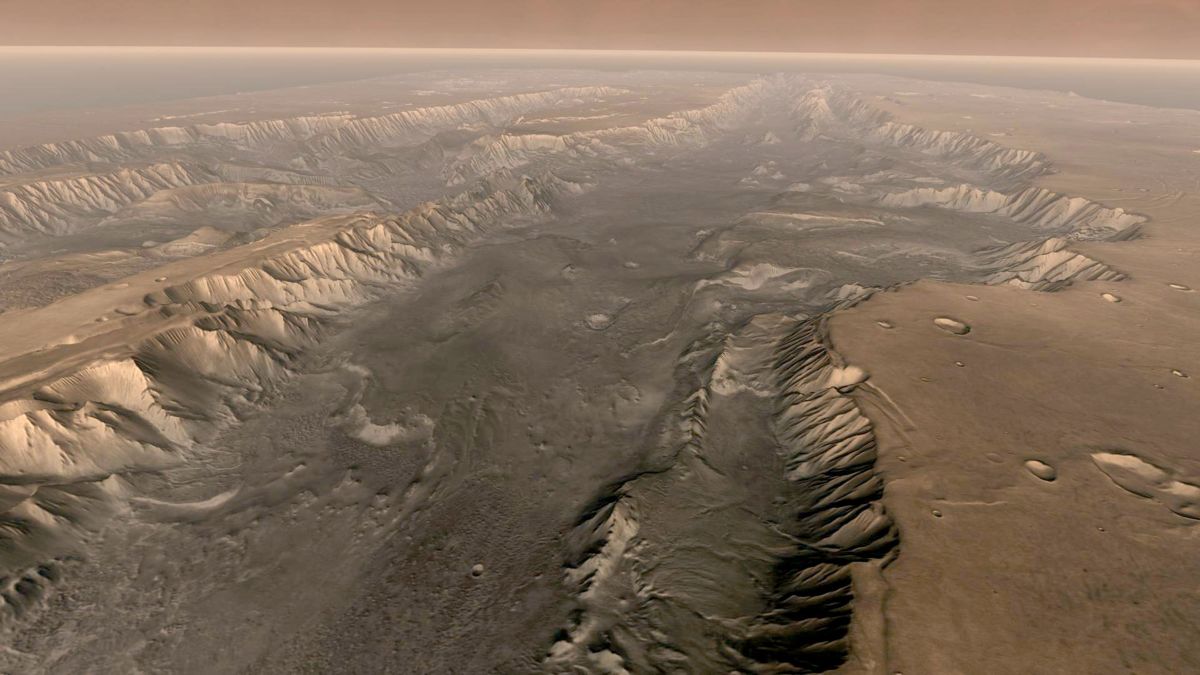 Image Source/ CNN
Image Source/ CNN
Valles Marineris is an immense and giant canyon system on Mars that stretches for over 4,000 kilometers and plunges to depths of up to 7 kilometers. It completely dwarfs the Grand Canyon on Earth, and really is a breathtaking sight on the red planet!Advertisement
The Ice Caps
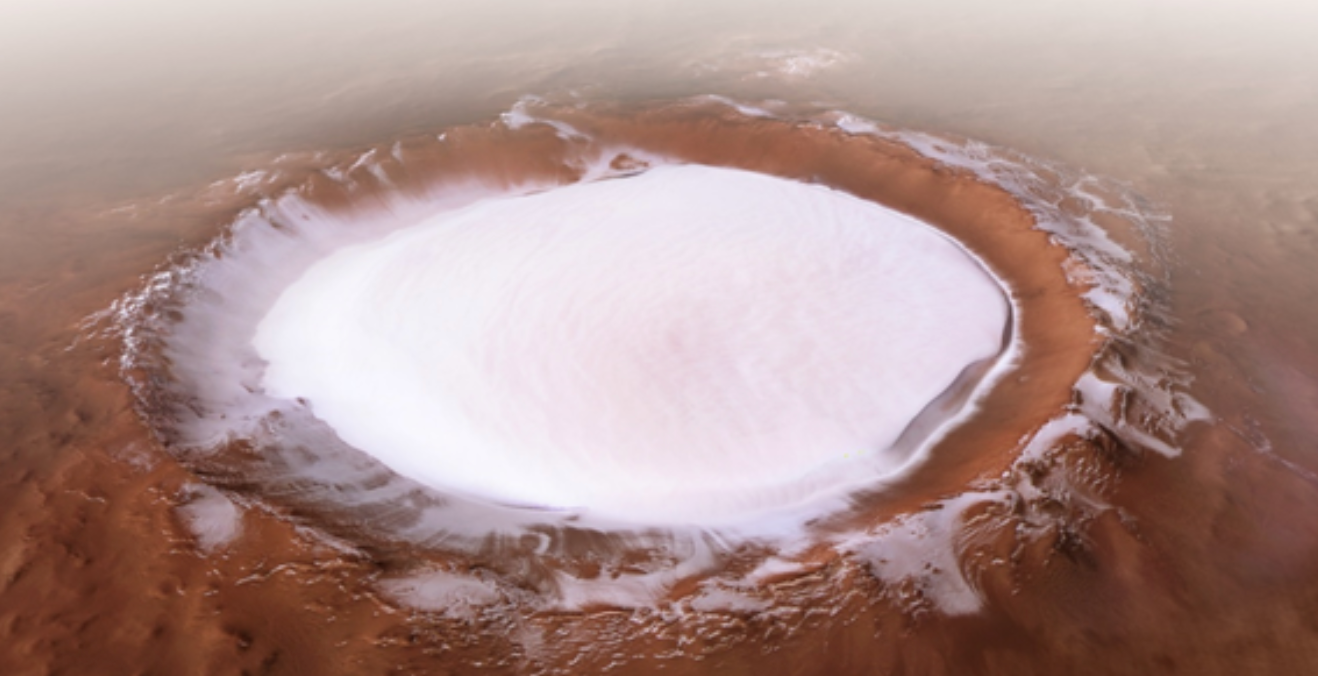 Image Source/ Antarctic Glaciers
Image Source/ Antarctic Glaciers
Mars possesses polar ice caps made of water and dry ice (which is frozen carbon dioxide). These caps expand and contract with the changing seasons, similar to how Earth's polar ice caps do the same. It begs the question as to whether there was a similar ice age.Advertisement
Evidence of seasons
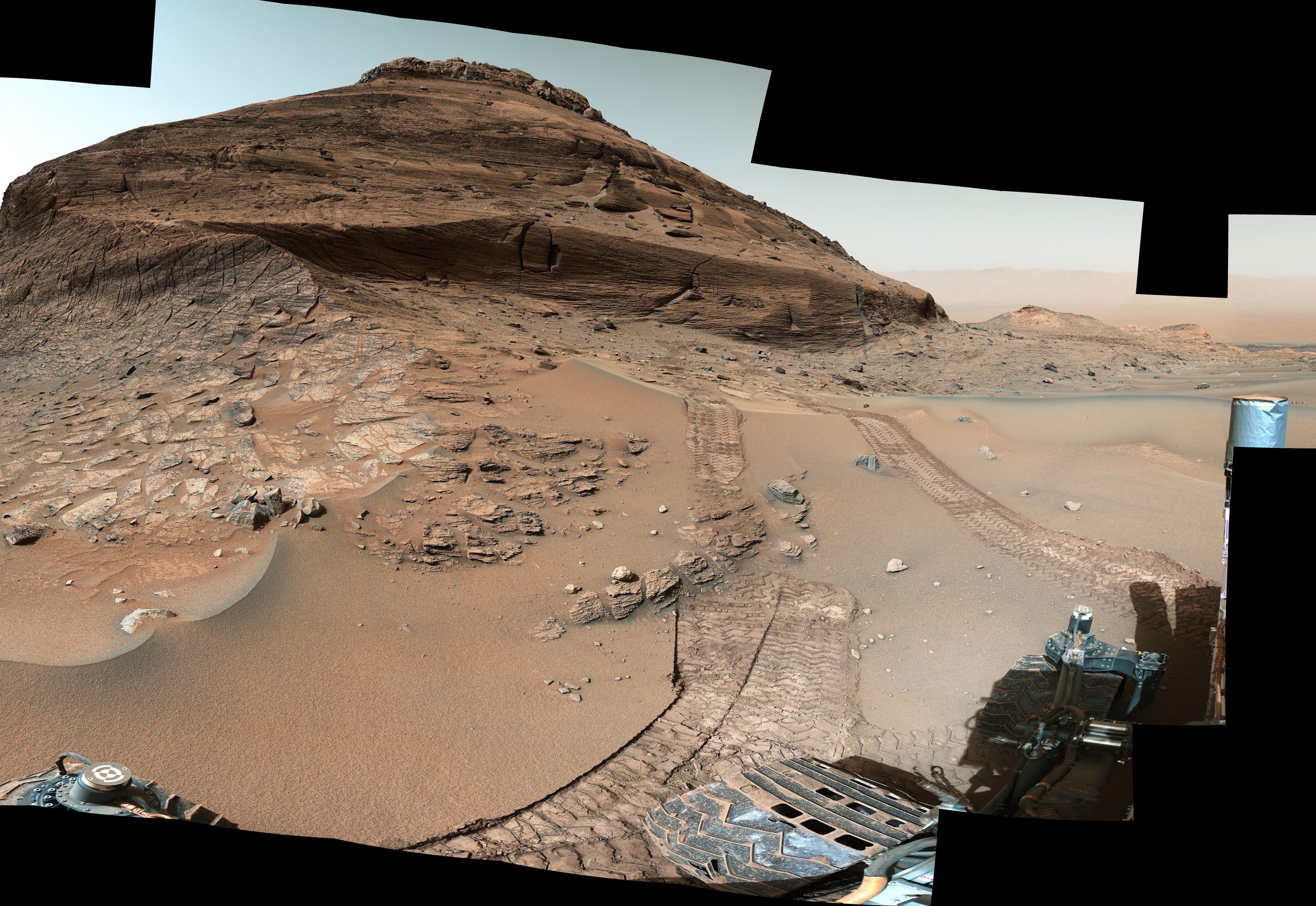 Image Source/ Jet Propulsion Laboratory
Image Source/ Jet Propulsion Laboratory
Mars experiences distinct seasons, similar to Earth, due to the tilt of it’s axis, much like how Earth is also tilted. These seasons can influence the planet's weather patterns and impact factors like the polar ice caps and the behavior of dust storms. It really is Earth’s sister.Advertisement
Evidence of a habitable environment
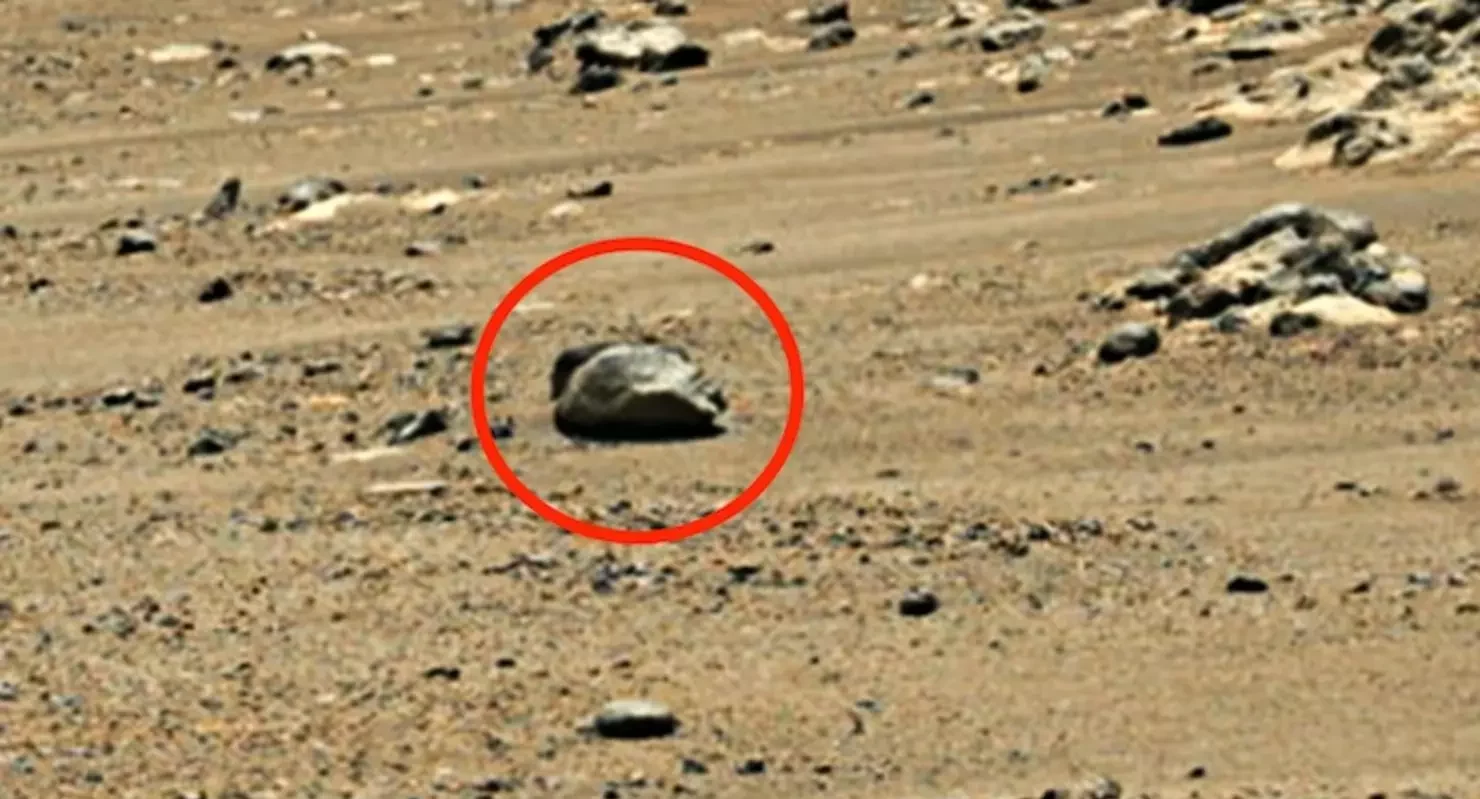 Image Source/ iHeart
Image Source/ iHeart
NASA's Curiosity rover, which landed in the Gale Crater, made some pretty groundbreaking discoveries. It found evidence of an ancient, potentially habitable environment within the crater. The rover detected key ingredients for life, including organic compounds, in the Martian soil.Advertisement
Mars’ thin atmosphere
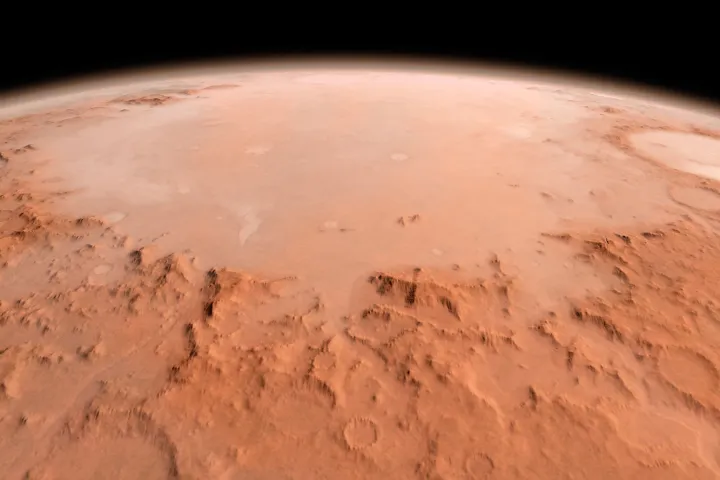 Image Source/ Science - Time
Image Source/ Science - Time
Mars apparently has a considerably thin atmosphere compared to Earth. This atmosphere is primarily composed of carbon dioxide, with smaller amounts of other gases. Unfortunately, its thinness challenges human exploration and habitability, meaning it’s unlikely we’ll be able to live there.Advertisement
Storms lasting months
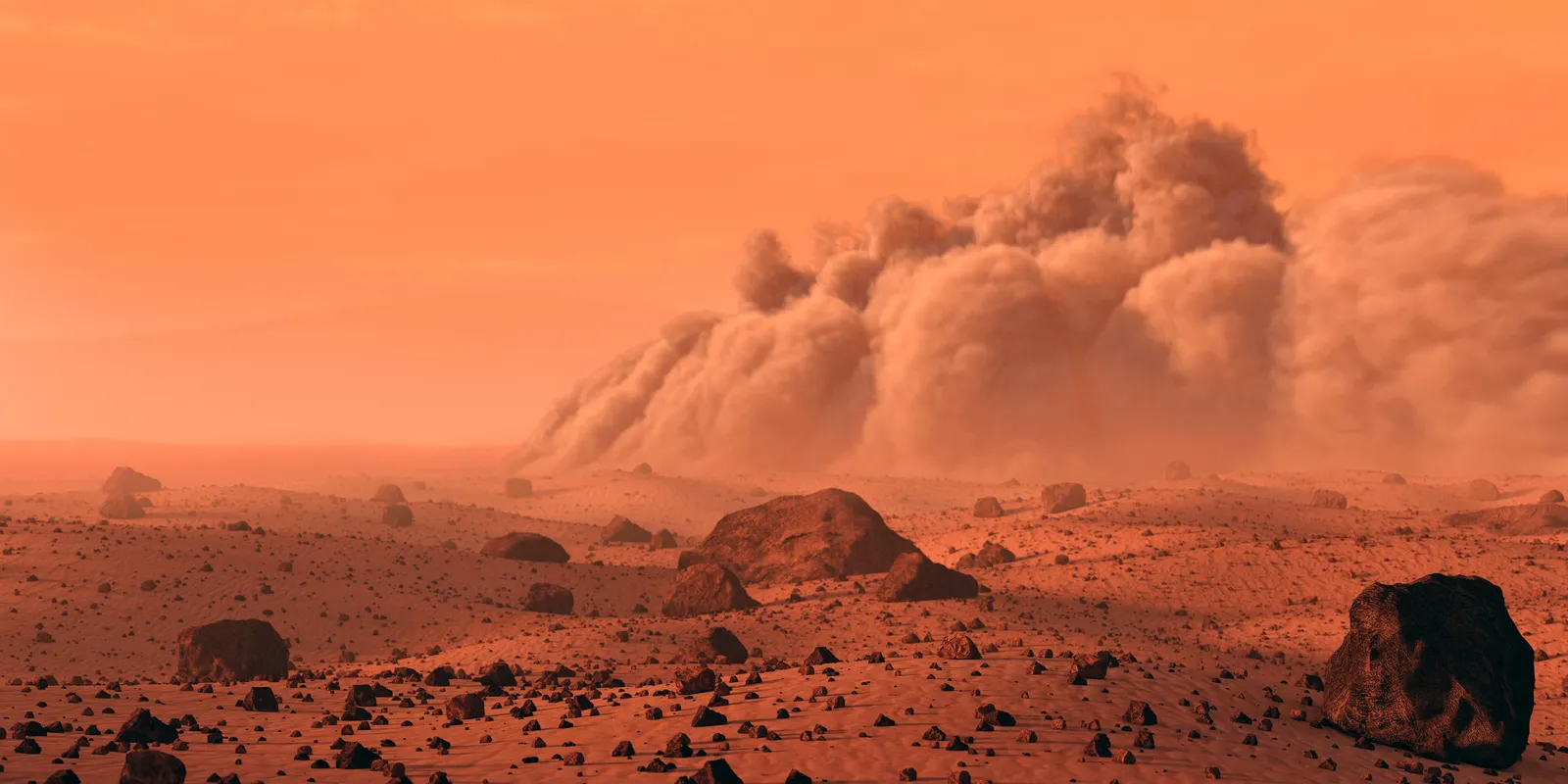 Image Source/ Smithsonian Magazine
Image Source/ Smithsonian Magazine
Mars experiences dust storms regularly that can often engulf the entire planet! What’s even more breath-taking is that these storms can last for weeks or even months and have a significant impact on the planet's surface and atmosphere. It’s safe to say it’s made it difficult for the rovers during this time.Advertisement
The first helicopter on Mars
 Image Source/ Wikipedia
Image Source/ Wikipedia
The Perseverance rover is actually equipped with a small helicopter called Ingenuity. In 2021, Ingenuity made history by successfully flying on another planet, opening up new possibilities for aerial exploration of Mars. Who knows what might be next? Richard Branson might just create a commercial airliner to go to Mars!Advertisement
Why is there methane on Mars?
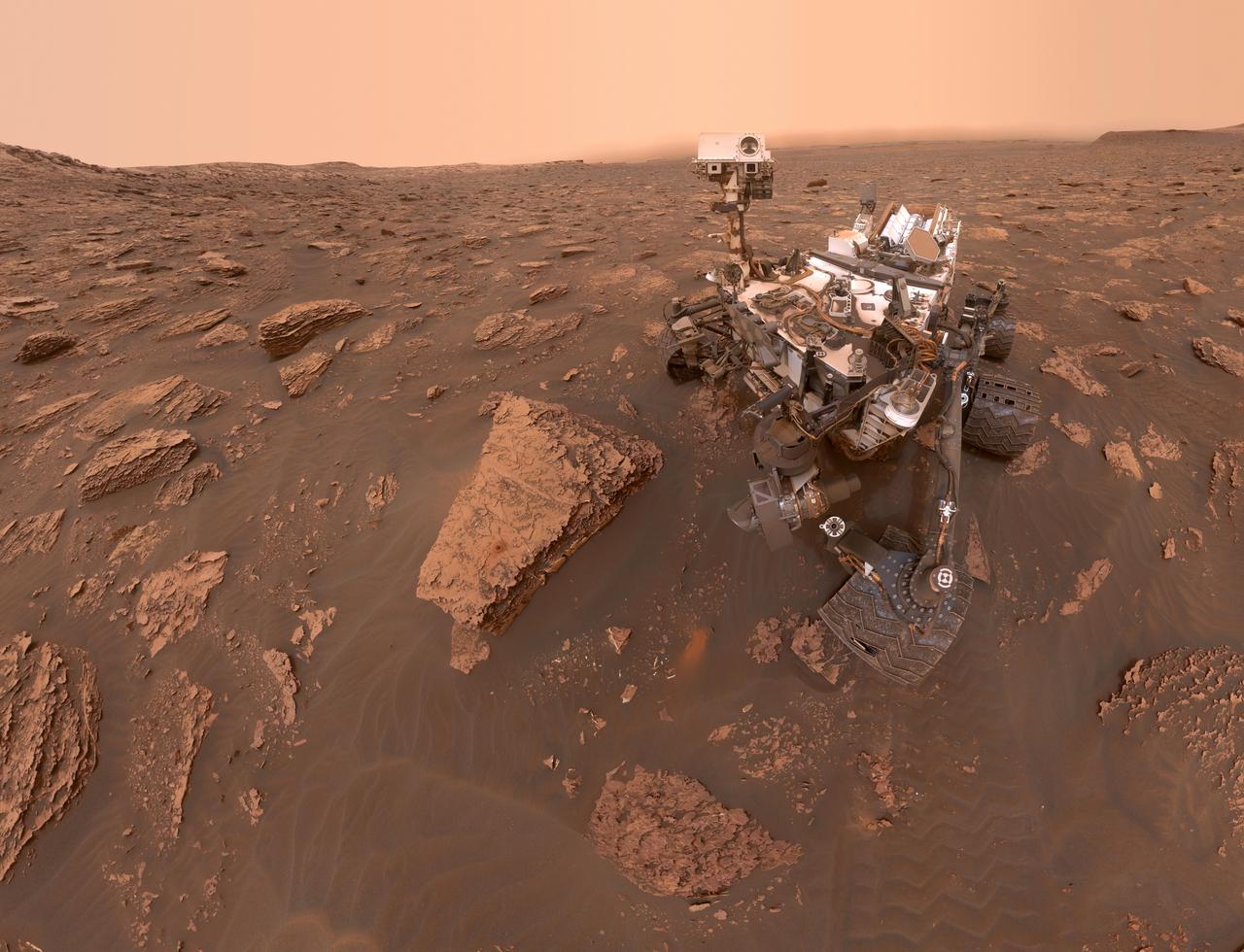 Image Source/ Jet Propulsion Laboratory
Image Source/ Jet Propulsion Laboratory
NASA's detective machines have detected occasional spikes of methane in Mars' atmosphere. This discovery has puzzled scientists, as methane can be produced by both geological and biological processes. Who knows what they might discover when they delve a little deeper?Advertisement
Minerals have been found on Mars
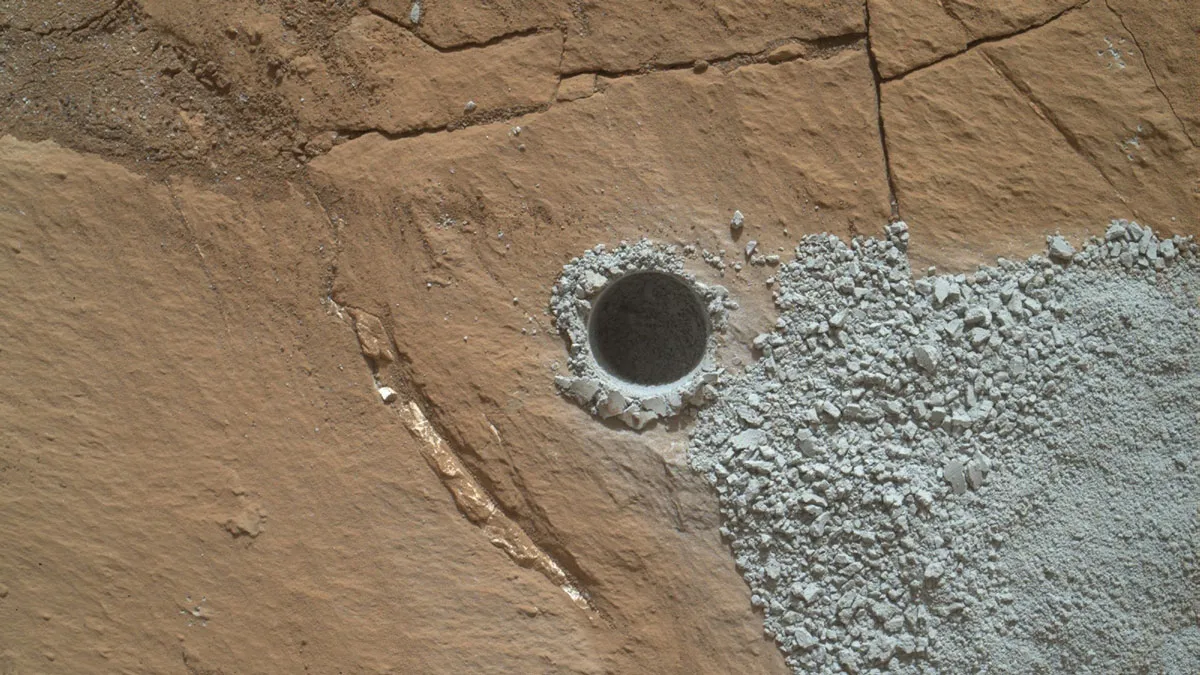 Image Source/ Eos.org
Image Source/ Eos.org
Remote sensors on various spacecraft have identified a wide range of minerals on Mars, including clays. These mineral compositions offer clues about the planet's geological history and the presence of water in the past. It’s so important for us to understand the history of the planets in our solar system.Advertisement
Mars’ exposure to radiation
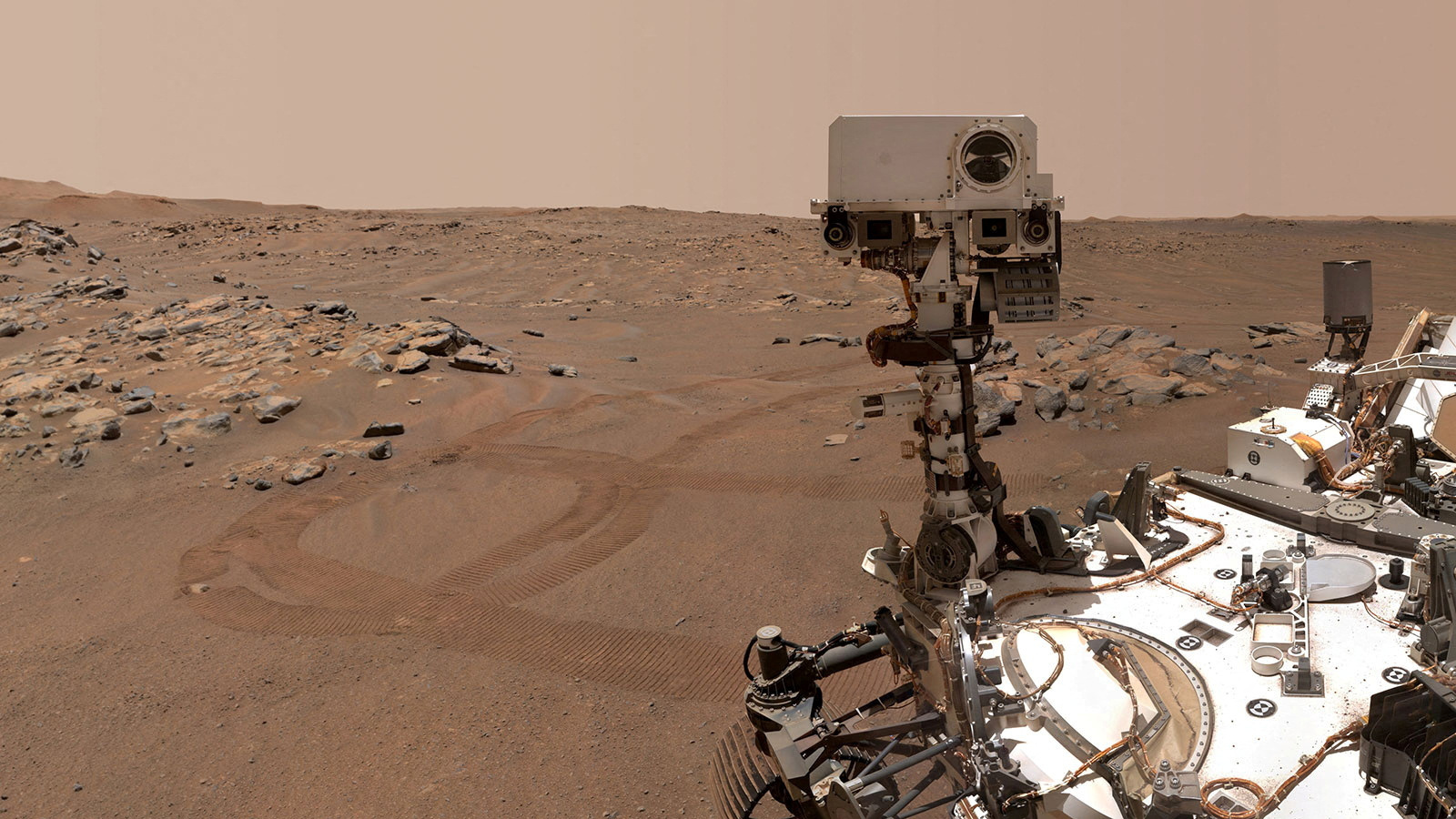 Image Source/ NASA
Image Source/ NASA
Mars' thin atmosphere and lack of a strong magnetic field mean that its surface is exposed to higher levels of cosmic and solar radiation than Earth. Sorry, you don’t win this round Mars! It basically means it’s going to be a challenge for future human missions, as astronauts would need radiation protection.Advertisement
Martian rocks found on Earth
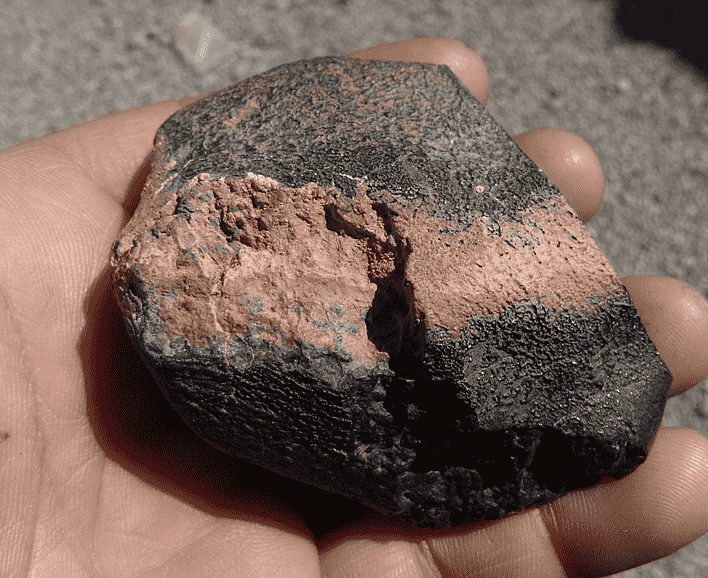 Image Source/ PNGEgg
Image Source/ PNGEgg
One of the most incredible things about experiencing Mars is that people don't even have to go there in order for us to test Martian rocks for substances. Instead, there are little pieces of Mars scattered around Earth probably from historic meteorites!Advertisement
Mars is getting warmer
 Image Source/ Washington University
Image Source/ Washington University
Advertisement
The presence of Marsquakes
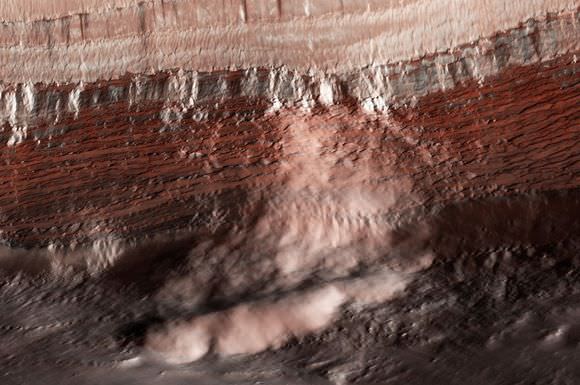 Image Source/ Universe Toady
Image Source/ Universe Toady
NASA's InSight lander, equipped with a seismometer, has managed to detect some Marsquakes. These seismic events provide valuable information about the interior structure and activity of the planet, and also let us know that Mars isn’t so far removed from Earth.Advertisement
Permafrost
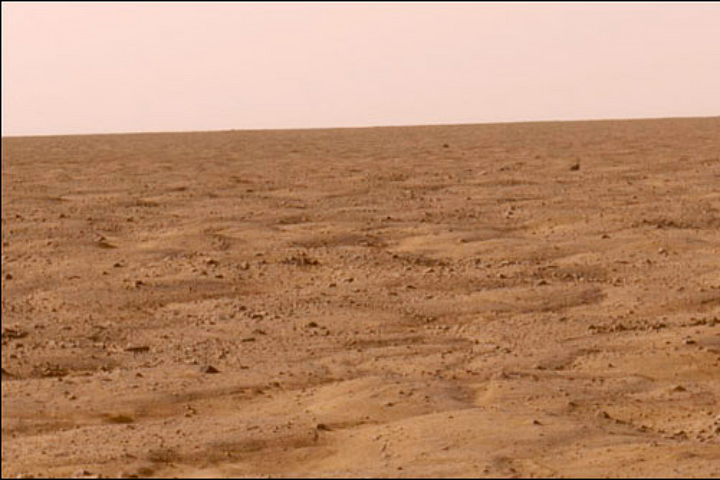 Image Source/ NASA Visible Earth
Image Source/ NASA Visible Earth
Evidence of subsurface ice, or permafrost, was discovered on Mars! This frozen water resource could be crucial for future human missions, potentially providing water for drinking, growing plants, and producing rocket fuel. It thirty years, there might even be a colony there!Advertisement
Radioactive surface
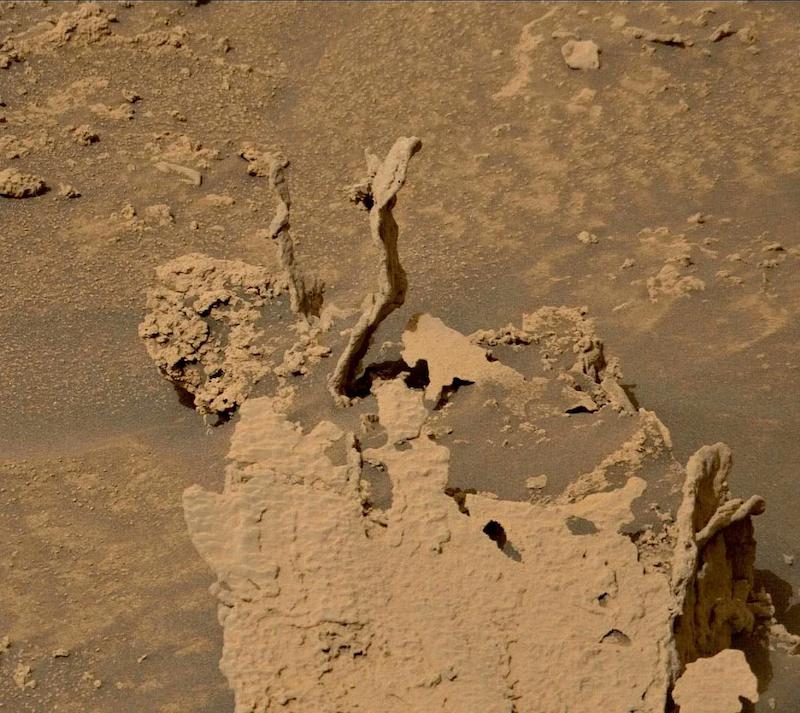 Image Source/ Reddit
Image Source/ Reddit
Did you know that Mars' surface contains radioactive elements such as thorium and uranium? These radioactive elements can impact the planet's habitability by affecting its geology and radiation levels, which means yet another step we’d have to overcome if we were going to move there.Advertisement
Did life ever exist on Mars?
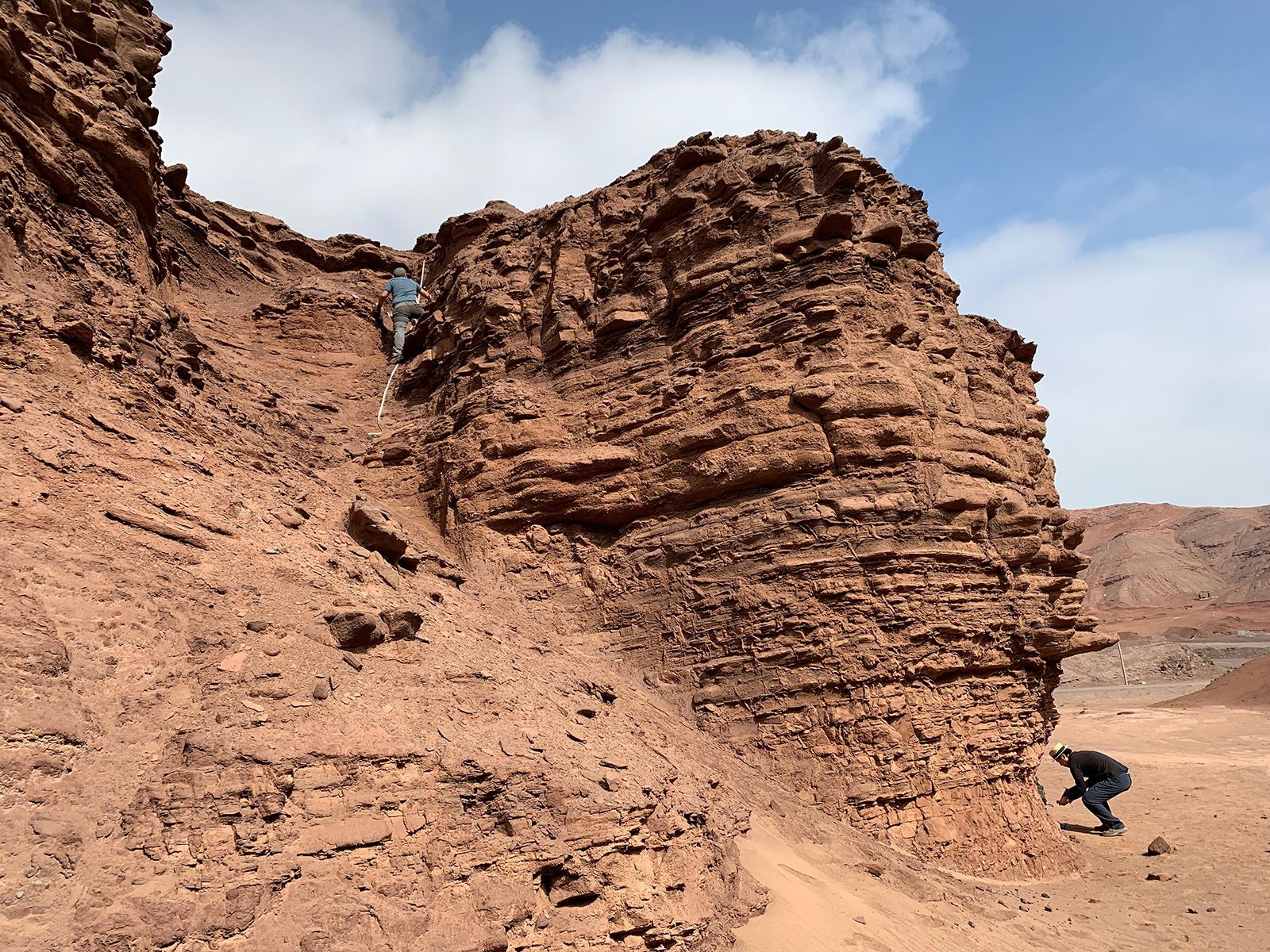 Image Source/ CNN
Image Source/ CNN
Perseverance, the most recent rover, is on a mission to search for signs of past potential life and collect samples of Martian rock and soil for a future return to Earth. This marks an amazing step towards answering the question of whether life ever existed on Mars.Advertisement
Can water be found on Mars?
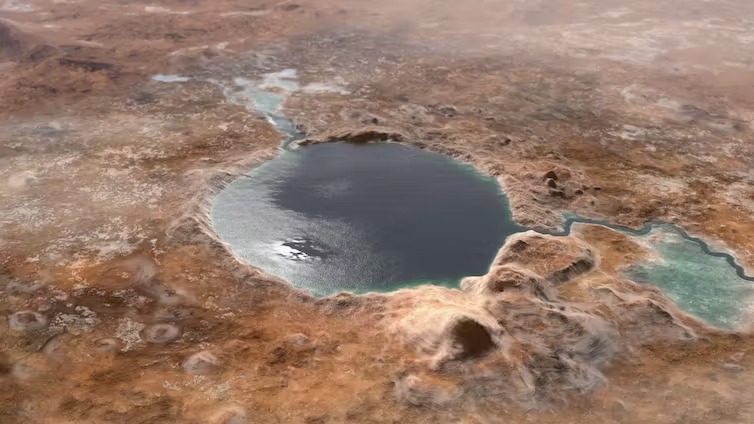 Image Source/ The Conversation
Image Source/ The Conversation
One of the never-ending mysteries of Mars is whether there is water flowing on its surface. These flows can suggest the existence of subsurface aquifers. Understanding the source and nature of these flows is critical for our understanding of outer space and whether anyone is out there with us.Advertisement
So what’s next?
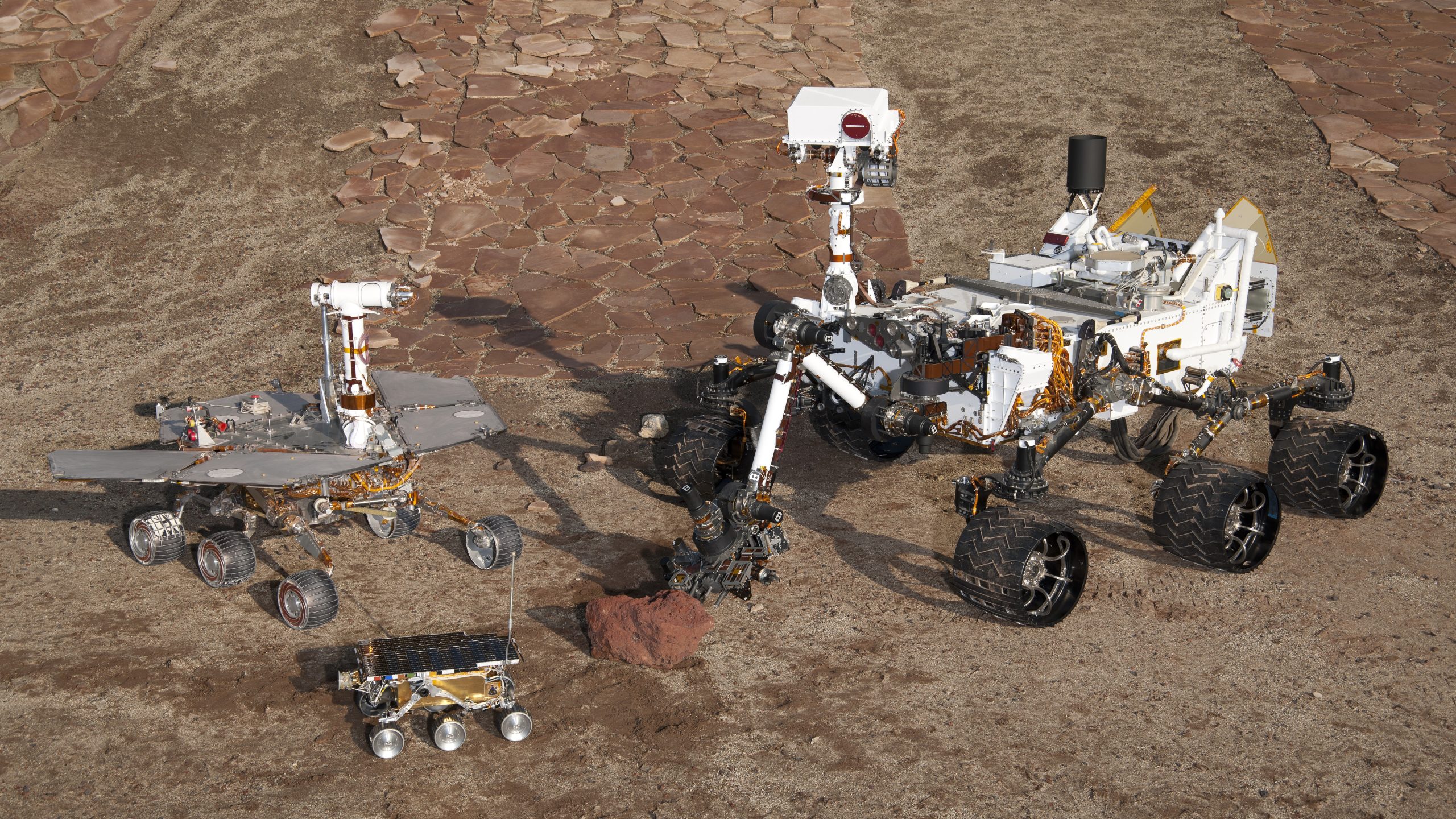 Image Source/ Space.com
Image Source/ Space.com
Mars exploration continues to evolve, and new discoveries are made regularly as missions like Perseverance and Mars Sample Return continue their scientific investigations. It’s always good to stay up to date with the findings and follow along; it affects us all.Advertisement
